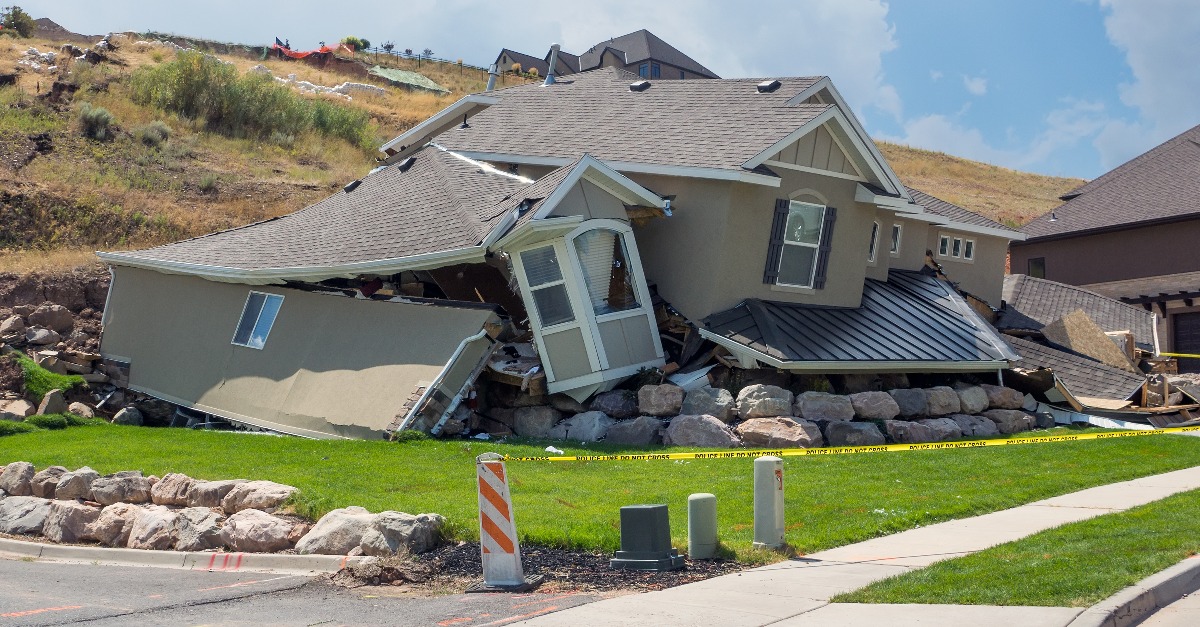Have you ever read through a bank valuation and thought this valuer has no idea what they’re doing. How could they have possibly arrived at that figure!
While it’s frustrating to receive a valuation that does not meet your expectations, keep in mind, valuers are independent and impartial. They have no reason to provide the lender with a conservative valuation.
Put simply, the valuer’s role is to establish a property’s market value based solely on the available evidence.
If you’re not satisfied with your bank valuation, understand that most banks have established protocols to challenge it. But if you don’t understand the valuation process, this challenge can be a waste of your valuable time and energy.
How does a valuer determine market value?
The most common method used in a bank valuation is the Direct Comparison Approach. This approach aims to establish the market value of the subject property by weighing it against comparable sales evidence from the local area.
In the valuation world, there’s a common saying – “you must compare apples with apples.”
This statement implies the evidence selected by the valuer should be a carbon copy of the subject property – same neighbourhood, similar land area, the same number of bedrooms.
Unfortunately, properties are rarely identical. Therefore, it’s up to the valuer to assess the property’s distinct characteristics and make allowances for any differences.
Some of the fundamental characteristics that valuers analyse include;
1. Land size and zoning
Typically, the valuer will attribute a significant portion of the market value to the property’s underlying land value, so size matters. Ideally, the valuer should identify sales evidence with a land size that’s comparable to the subject property.
It’s also crucial the sales evidence has similar zoning. Local councils use zones to set the parameters for how you can develop your land. You’re not allowed to construct a factory in a residential zone, and you cannot build a house in a commercial zone. Purchasers typically pay a premium for land with zoning that allows for multi-unit development.
Should your valuation challenge include evidence with a significantly larger land size, or superior zoning, it’s unlikely to justify a higher market value.
2. Location
“Location, location, location!” It’s one of the fundamental drivers of value. Therefore, the valuer should be identifying sales evidence that’s ideally in the same neighbourhood as the subject property.
Critical factors that influence location include proximity to public transport, shopping centres and amenities. One significant factor commonly overlooked is the school zone. Family homes in prestigious school zones regularly achieve a higher price than similar properties located outside this zone.
Valuers often review challenges that include sales evidence from surrounding suburbs. Unfortunately, these sales rarely give the valuer confidence to increase their market value. Purchasers regularly pay a premium to be in a specific suburb. This means similar properties in neighbouring suburbs can have a vastly different appeal in the market, and prices can vary significantly.
Valuers will typically consider sales evidence from a neighbouring suburb only when the subject property has unique characteristics.
3. Improvement size and condition
Improvements are the physical structures that sit atop the land (house, garage, shed, etc.). While the size of the improvements matters, for this characteristic, quality is equally as important.
A newly renovated three-bedroom classic period home will typically achieve a higher market value than a similarly sized 30-year old three-bedroom home left untouched.
Typically, valuers begin by identifying sales evidence with the same number of bedrooms and bathrooms as the subject property. However, the valuer must also be mindful of the age, style and condition of the improvements. Make sure you do the same.
4. Sale date
It feels like property prices are increasing almost weekly at the moment. Sales evidence from three months ago may not reflect current market conditions.
Just over two years ago, the opposite was true as house prices were falling nationally. Melbourne and Sydney were the cities that experienced the most significant falls, dropping 8.7% and 15.5% respectively.
Standard valuation practice is to include as evidence three settled sales that sold within six months of the valuation date. However, it’s also essential for valuers to have the most up to date evidence in their valuation report.
Be mindful of how your local market has performed in recent history, especially if you’re looking to include older sales in your valuation challenge.
What to include in your valuation challenge
Just because the valuer did not satisfy some or all of the criteria outlined above does not necessarily mean they’ve made a mistake. In some instances, valuers will be faced with a limited number of directly comparable sales to analyse.
The current market has been especially challenging for valuers to find the most relevant and up to date evidence. According to CoreLogic’s August Housing Market Update – “total stock advertised is -27.1% below the five year average nationally, as a decline in new listings, and strong sales volumes, led to a depletion in total stock levels.”
However, if you’re still convinced the valuer made a mistake, what should you do?
One of the most important jobs a valuer has is to select relevant sales evidence. Then, they must demonstrate why that sale is either superior, comparable or inferior to the subject property. Start by reviewing these sales. Can you see an oversight in the valuer’s analysis that might justify an increase in value?
Are there any factual mistakes in the valuation report that may impact the market value? There may be ‘hidden’ features which the valuer overlooked, like an underground water tank or solar panels, that were difficult to see during the inspection. These features may not have been brought to the valuer’s attention and may add value.
The most important element of the valuation challenge is providing the valuer with relevant sales evidence they may have overlooked. To ensure you select only the most relevant sales evidence, use the characteristics outlined above as your basis.
The absolute worst thing you can do at this stage is to submit pages full of random sales evidence that you hope might result in an increased valuation.
If you’re “comparing apples with apples”, you should need no more than four new sales (not utilised by the valuer in their original report) to support your valuation challenge.
To learn more follow us at LinkedIn









